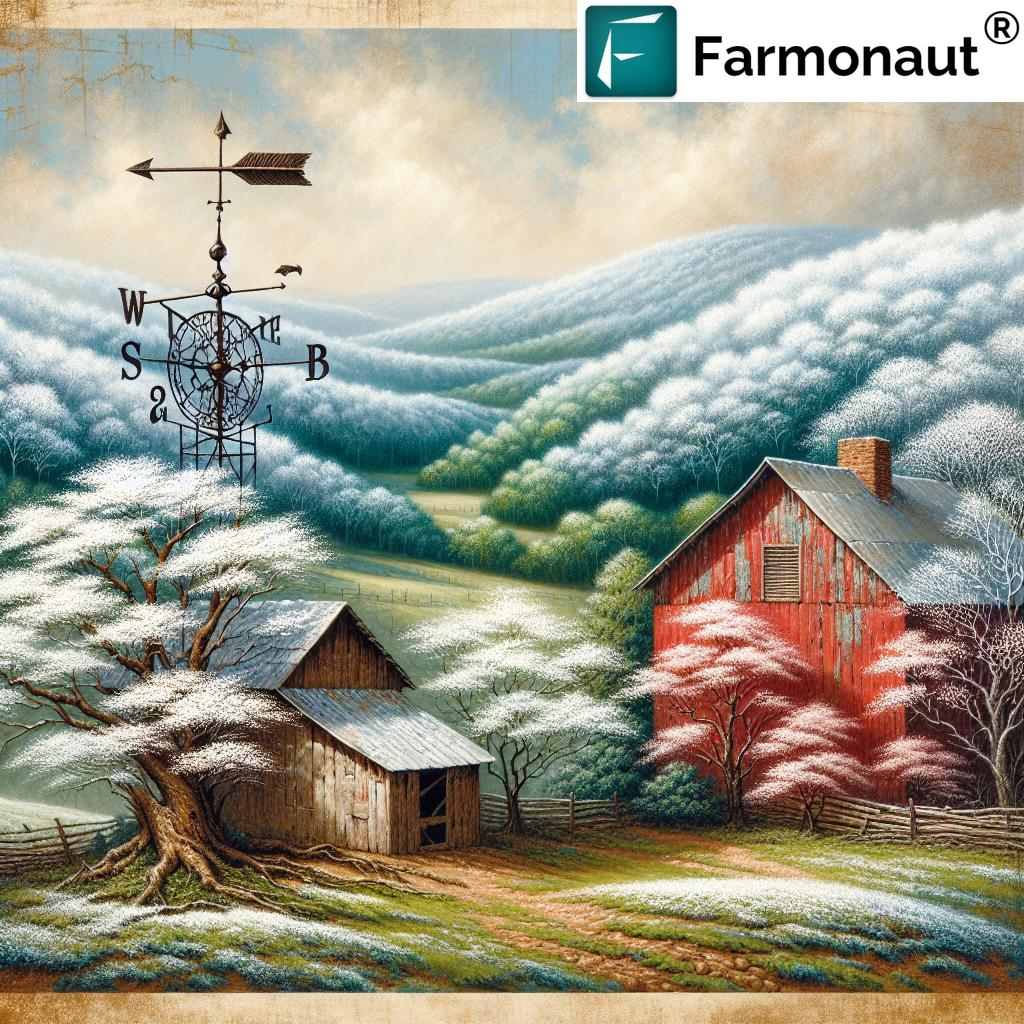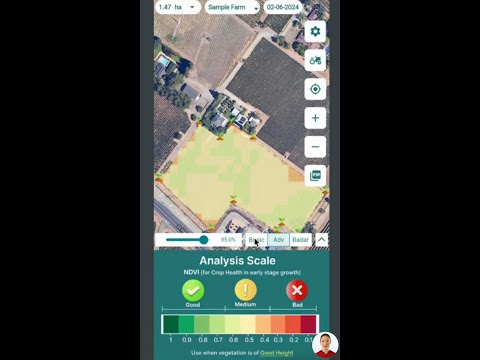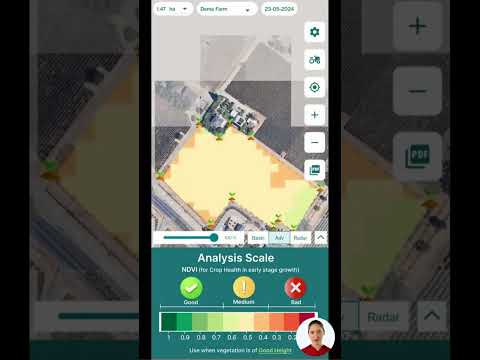Unveiling Tennessee’s Five Little Winters: A Guide to Unpredictable Spring Weather in Murfreesboro

“Tennessee experiences a unique weather phenomenon called “Five Little Winters,” showcasing the state’s diverse climate across its regions.”
Welcome to the unpredictable world of Tennessee’s spring weather! If you’ve ever found yourself reaching for a sweater just when you thought it was safe to pack away your winter clothes, you’re not alone. We’re about to embark on a journey through one of the most fascinating aspects of life in the Volunteer State: the legendary Five Little Winters of Tennessee.
Here in Murfreesboro, nestled in the heart of Rutherford County, we’ve become accustomed to the whimsical nature of our springtime weather. It’s a rite of passage, a quirk of nature that’s as much a part of our local culture as hot chicken and country music. So grab a cup of coffee, settle in, and let’s explore the ins and outs of Tennessee’s unpredictable spring weather.
The Five Little Winters: A Tennessee Tradition
First things first: what exactly are the Five Little Winters? Well, imagine you’re enjoying a beautiful spring day in Murfreesboro, the sun is shining, and the birds are singing. Then, seemingly out of nowhere, a chill creeps in. The temperature drops, and you’re suddenly scrambling for that jacket you thought you wouldn’t need again until fall. Congratulations! You’ve just experienced one of Tennessee’s Little Winters.
These brief cold snaps, occurring just when warm weather seems here to stay, are a legendary part of Tennessee’s weather lore. They’re not just random cold fronts; they’re a weather phenomenon deeply rooted in our state’s folklore and traditions. Each one has its own name and character, reflecting the unique natural rhythms of our beautiful state.
For farmers and gardeners in Rutherford County, understanding these Little Winters is crucial. They can mean the difference between a thriving crop and a late frost disaster. That’s where modern technology comes in handy. Tools like Farmonaut’s satellite-based farm management solutions can provide real-time weather data and crop health monitoring, helping our local agriculture adapt to these unpredictable patterns.
The Geography of Tennessee’s Unpredictable Weather
To truly understand Tennessee’s Five Little Winters, we need to take a step back and look at the bigger picture. Our state’s unique geography plays a significant role in shaping our unpredictable weather patterns.
- Eastern Mountains: The Appalachian Mountains in East Tennessee create a barrier that can trap cold air or block warm fronts.
- Middle Tennessee Hills: Here in Murfreesboro, we’re in the heart of Middle Tennessee’s rolling hills, where weather patterns can shift rapidly.
- Western Flatlands: The flatter terrain of West Tennessee allows for easier movement of air masses, contributing to quick temperature changes.
This diverse terrain creates a perfect storm (pun intended) for unpredictable weather. Warm air from the Gulf of Mexico can collide with cold air from the north, all while our varied landscape influences local conditions. It’s no wonder we Tennesseans often joke that if you don’t like the weather, just wait five minutes!
Rutherford County: A Microcosm of Tennessee’s Weather Quirks
Here in Rutherford County, we’re perfectly positioned to experience the full range of Tennessee’s weather quirks. Our location in Middle Tennessee means we get a taste of everything the state has to offer, weather-wise. From the sudden chill of a Little Winter to the balmy breezes of a perfect spring day, Murfreesboro sees it all.
For local farmers, this variability can be both a blessing and a challenge. The diverse weather conditions allow for a wide range of crops, but it also means being constantly on guard against unexpected frosts or heat waves. That’s why many in our agricultural community are turning to advanced technologies to help navigate these challenges.
For instance, Farmonaut’s crop loan and insurance solutions can provide a safety net for farmers dealing with unpredictable weather patterns. By using satellite data to verify crop conditions, these tools can help streamline the process of obtaining loans or insurance, giving our local farmers more financial security in the face of Tennessee’s capricious climate.

The Five Little Winters: A Closer Look
Now, let’s dive into the heart of our story: the Five Little Winters themselves. Each of these brief cold snaps has its own personality and place in Tennessee’s seasonal calendar. While the exact timing can vary from year to year, here’s a general guide to what we can expect:
| Name of the Winter | Estimated Time of Occurrence | Average Duration (days) | Typical Temperature Range (°F) | Common Weather Patterns | Impact on Local Flora |
|---|---|---|---|---|---|
| Redbud Winter | Early to mid-March | 3-5 | 40-55 | Cold rain, occasional frost | May damage early blooming redbuds |
| Dogwood Winter | Late March to early April | 4-6 | 45-60 | Chilly winds, light frost | Can affect dogwood blossoms |
| Locust Winter | Mid to late April | 2-4 | 50-65 | Cool nights, mild days | Might slow locust tree leafing |
| Blackberry Winter | Early to mid-May | 3-5 | 55-70 | Cool, often rainy | Can impact blackberry blossoms |
| Cotton Britches Winter | Late May to early June | 2-3 | 60-75 | Brief cool spell | Minimal impact on most plants |
“Rutherford County and Murfreesboro, TN serve as prime examples of Tennessee’s unpredictable weather patterns, experiencing multiple seasonal shifts in spring.”
Understanding these patterns can be crucial for agriculture in our region. For instance, knowing when to expect the Blackberry Winter can help farmers protect their berry crops from potential frost damage. This is where precision agriculture tools come in handy. Farmonaut’s crop plantation and forest advisory services can provide valuable insights into these weather patterns, helping farmers make informed decisions about planting and protecting their crops.
The Art of Weather Watching: From Folklore to Modern Technology
In the not-so-distant past, predicting these Little Winters was more art than science. Old-time weather watchers in Tennessee relied on a combination of keen observation, passed-down wisdom, and a deep connection to the natural world. They looked for signs in everything from the behavior of animals to the patterns of smoke rising from chimneys.
Here in Rutherford County, we had our own weather-watching celebrity. In the 1980s and ’90s, Dewayne Trail, a local agriculture extension leader, became famous for his folklore-based weather forecasts on WGNS radio. He’d look at things like the thickness of woolly worm coats or the height of hornet nests to predict the severity of the coming winter.
While these traditional methods have their charm (and sometimes surprising accuracy), today’s farmers and gardeners have access to much more precise tools. Modern weather forecasting, combined with advanced agricultural technology, allows for more accurate predictions and better preparation for these seasonal quirks.
For example, Farmonaut’s large-scale farm management solutions use satellite imagery and AI to provide real-time data on crop health and weather conditions. This kind of technology can be a game-changer for farmers dealing with Tennessee’s unpredictable spring weather, allowing them to make data-driven decisions about when to plant, when to harvest, and how to protect their crops from unexpected cold snaps.
The Impact of Five Little Winters on Tennessee’s Agriculture
For Tennessee’s farmers, the Five Little Winters are more than just a quaint tradition – they’re a significant factor in agricultural planning and risk management. Each of these cold snaps can have profound effects on different crops, depending on their timing and severity.
- Redbud Winter: This early cold snap can be particularly challenging for fruit trees that bloom early, like peaches or apricots.
- Dogwood Winter: Late frosts during this period can damage emerging vegetable seedlings and early-blooming flowers.
- Locust Winter: While generally milder, this cool spell can slow down the growth of warm-season crops like tomatoes and peppers.
- Blackberry Winter: True to its name, this can be a critical time for berry crops, potentially affecting fruit set and yield.
- Cotton Britches Winter: Usually the mildest of the five, but can still cause issues for heat-loving crops if unusually severe.
For Rutherford County’s diverse agricultural sector, navigating these challenges requires a combination of traditional knowledge and modern technology. Many local farmers are turning to precision agriculture tools to help them make the most of our unpredictable climate.
Farmonaut’s carbon footprinting services, for instance, can help farmers understand and reduce their environmental impact while adapting to changing weather patterns. By optimizing resource use and improving sustainability, farmers can build more resilient operations that are better equipped to handle Tennessee’s weather quirks.
Embracing the Unpredictable: Tennessee’s Weather and Culture
The Five Little Winters aren’t just a weather phenomenon – they’re a part of Tennessee’s cultural identity. Our ability to roll with the punches when it comes to weather is a point of pride for many Tennesseans. We’ve learned to be prepared for anything, to keep a sweater handy even on the sunniest spring day, and to appreciate the ever-changing beauty of our state’s seasons.
This adaptability extends to our approach to agriculture and land management. Tennessee farmers have long been known for their resilience and innovation, traits that serve them well in navigating our unpredictable climate. Today, that innovative spirit is leading many to embrace new technologies that can help them work in harmony with nature’s rhythms.
For example, Farmonaut’s fleet management solutions can help large-scale agricultural operations optimize their use of machinery based on real-time weather and field conditions. This not only improves efficiency but also reduces the environmental impact of farming activities – a win-win for both farmers and the environment.
The Future of Weather Forecasting in Tennessee
As we look to the future, it’s clear that understanding and predicting Tennessee’s unique weather patterns will only become more important. Climate change is adding new layers of complexity to our already unpredictable weather, making tools that provide accurate, real-time data more valuable than ever.
In Rutherford County and across Tennessee, we’re seeing a growing interest in precision agriculture and smart farming techniques. These approaches combine traditional farming wisdom with cutting-edge technology to create more sustainable and resilient agricultural systems.
Farmonaut’s traceability solutions are a great example of how technology can enhance our understanding and management of agricultural systems. By providing detailed data on crop growth and environmental conditions, these tools can help farmers make more informed decisions about everything from planting dates to harvest timing.
Conclusion: Weathering the Five Little Winters
As we’ve explored, Tennessee’s Five Little Winters are more than just a quirk of the weather – they’re a testament to the diverse and dynamic nature of our state’s climate. From the eastern mountains to the western flatlands, and right here in Murfreesboro, these seasonal shifts are a reminder of the complex interplay between geography, climate, and culture that makes Tennessee unique.
For newcomers to our state, experiencing all five little winters is something of a rite of passage. It’s a way of becoming attuned to the rhythms of Tennessee’s seasons, of learning to expect the unexpected when it comes to weather. And for those of us who’ve called Tennessee home for years, each little winter is a familiar friend, a brief reminder of cold days past even as we look forward to the warmth of summer.
As we face the challenges of a changing climate, understanding and adapting to our local weather patterns becomes more important than ever. Whether you’re a farmer tending crops in Rutherford County, a gardener nurturing a backyard plot in Murfreesboro, or simply someone who loves to experience the full range of Tennessee’s seasons, embracing the unpredictable nature of our weather is part of what it means to be a Tennessean.
So the next time you find yourself reaching for a sweater on what you thought would be a warm spring day, remember: you’re not just experiencing a cold snap. You’re taking part in a Tennessee tradition as old as the hills themselves. Welcome to the Five Little Winters – may they always keep us on our toes and remind us of the beautiful, ever-changing nature of our Volunteer State.
FAQ Section
- What are Tennessee’s Five Little Winters?
The Five Little Winters are brief cold spells that occur in Tennessee during spring, typically between March and early June. They are named Redbud Winter, Dogwood Winter, Locust Winter, Blackberry Winter, and Cotton Britches Winter. - When do these Little Winters typically occur?
While the exact timing can vary, they generally occur from early March to early June, with each “winter” lasting a few days to a week. - How do the Five Little Winters affect agriculture in Tennessee?
These cold snaps can potentially damage early blooming plants and crops. Farmers and gardeners need to be prepared to protect sensitive plants during these periods. - Are the Five Little Winters unique to Tennessee?
While similar patterns may occur in other parts of the southeastern United States, the specific tradition and naming of the Five Little Winters is most closely associated with Tennessee. - How can farmers prepare for the Five Little Winters?
Farmers can use a combination of traditional knowledge and modern technology, such as Farmonaut’s satellite-based farm management solutions, to monitor weather patterns and protect their crops. - Do the Five Little Winters occur every year?
While some variation of cooler weather typically occurs each spring, the intensity and exact timing of each “winter” can vary from year to year. - How does Murfreesboro’s location affect its experience of the Five Little Winters?
Murfreesboro’s location in Middle Tennessee means it often experiences a full range of these weather patterns, making it a good representation of the state’s overall climate quirks. - Can modern technology help predict the Five Little Winters?
While no prediction is perfect, modern weather forecasting technology, combined with agricultural tools like those offered by Farmonaut, can provide more accurate predictions and help farmers prepare.
Earn With Farmonaut
Earn 20% recurring commission with Farmonaut’s affiliate program by sharing your promo code and helping farmers save 10%. Onboard 10 Elite farmers monthly to earn a minimum of $148,000 annually—start now and grow your income!
Farmonaut Subscriptions







